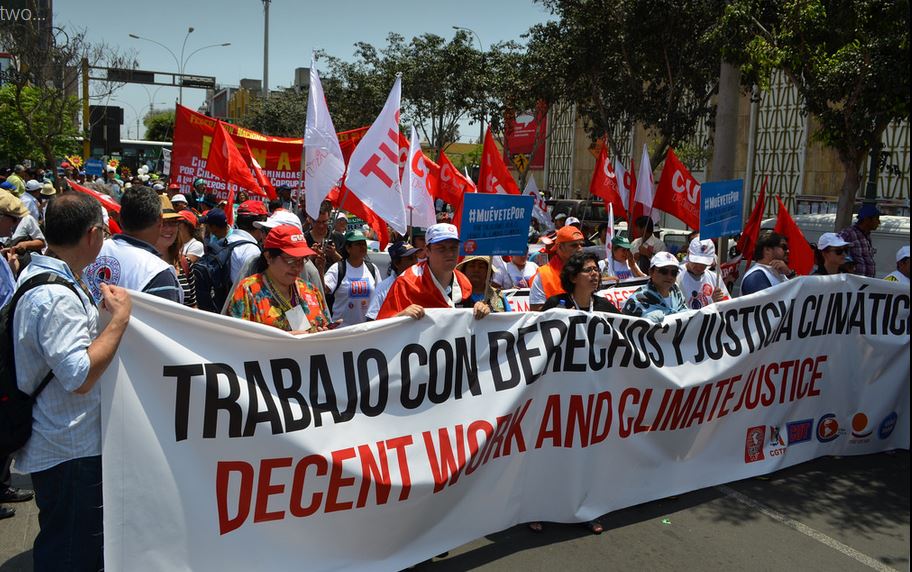The current elements text provides options for countries to consider as the long-term goal. Curiously, only one of the options refers to the science of the Intergovernmental Panel on Climate Change.
The IPCC science is, in fact, consistent with several possible long-term goals, and in particular with several different end dates. It’s just the background assumptions and choice of gases that differ.
However, there is one ironclad requirement for any goal that wishes to limit warming: CO2 emissions must most certainly, at some point, come down to zero. The particular day of reckoning depends upon how much warming and risks we are willing to accept.
To push back the day when CO2 emissions must drop to zero, one could, at least in theory, take on the rather daunting project of engaging so-called negative emissions on a massive scale – a scenario that relies on largely untested and fantastically expensive technology. IPCC science indicates that doing so, while attempting to limit warming to 2 °C, would only push the day of reckoning back to somewhere around 2070 for CO2.
However, to limit warming without relying on experimental technology that has unknown risks and potentially extreme costs, the the IPCC tells us that to keep below 2 °C, global CO2 emissions must drop to zero by 2050. Full stop.
The long-term goal to drop carbon emissions to zero by 2050 is therefore not only consistent with the IPCC science, but it is also the goal that poses the fewest environmental and financial risks, while creating many co-benefits. And in a world of uncertainty, that is precisely the kind of goal we need.
![]()

